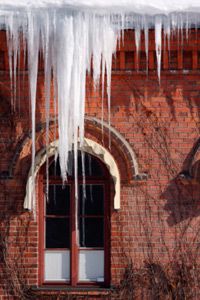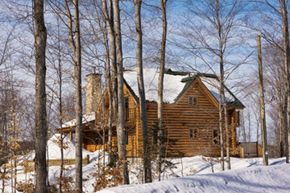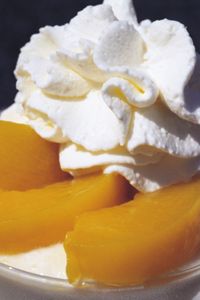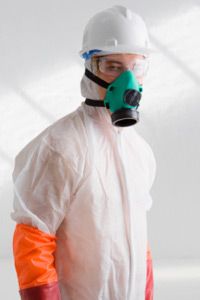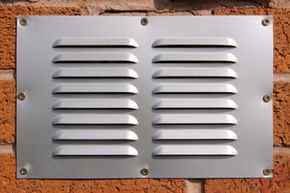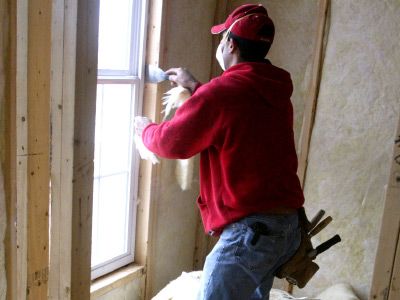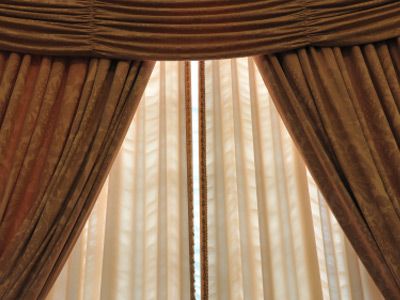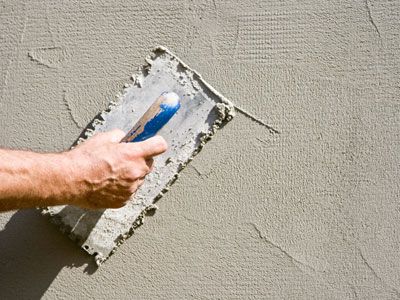It's a frigid, clear winter day. The sun is dazzling. Strolling down the block, you notice icicles hanging from the roofs of houses. Some icicles are long and slender, gracefully edging a building; others are sturdy chunks, glittering in the bright light. How quaint. How charming. How expensive!
Those picturesque cones of frozen water are indications of money disappearing through the roof. After precious heat energy escapes through the top of the house, it melts the snow, which drips and refreezes to create icicles. Of course, if heat is leaking out, either the temperature in your house is dropping or the heating system is using more energy to maintain a comfortable temperature. Time to put on another sweater, kiddo, because you know your dad is not going to turn up the thermostat.
Advertisement
Ideally, in cold weather you want your home's insulation to keep warm air in, and in summer you want the hot air kept out. To accomplish this, homeowners and builders insulate the spaces around ceilings, walls and floors. Insulation is commonly thought of as a cold-weather product, but buildings in hotter climates, especially with high humidity, can also benefit by reducing the movement of air.
Home insulation lessens heat transfer, but its effectiveness can vary. Perhaps the insulation is insufficient for the climate; perhaps it was poorly installed. Maybe it's just old and worn. In any case, if your roof is decorated with icicles, the barrier between the inside and outside is not doing its job, and your heating bills might be the evidence.
There's a relatively new insulation on the scene, marketed by a Canadian company since 1986. It's Icynene, proposed as a greener alternative to other insulations. Like many things that are environmentally friendly, it's also more expensive. So why would customers choose Icynene when there are numerous insulation options available?
This article will address that question, exploring the nature of Icynene, its multiple forms and uses, the pros and cons of the product, and comparisons to other insulations.
You can take off that wool sweater now; we're about to enter the world of heavy-duty insulation.
Advertisement
